Lesson 14 - Classroom
Since students are considered peers, they speak less formally around each other. You know the verb dewa arimasen to be "is not". In the classroom, students usually say janai desu. It means the same as dewa arimasen, except is used in informal situations. This verb comes up a lot in the classroom between students. For example, if Heero wanted to say to Wufei "It is not my desk", he would say Watashi no tsukue janai desu. Tsukue is the Japanese word for "desk". Using this new verb, let's have a conversation between Makoto and Setsuna.
Setsuna: Makoto san, ohayou. Ogenki desu ka.
Makoto: Setsuna san, ohayou. Okage sama de, genki desu. Anata wa.
Setsuna: Genki desu. Nan desu ka.
Makoto: BOORUPEN desu.
Setsuna: Doumo.
Makoto: E desu ka.
Setsuna: Iie, e janai desu. Chizu desu.
Makoto: Aa, doumo. Anata no kami desu ka.
Setsuna: Hai, watashi no desu.
Makoto: Setsuna san, ja mata.
Setsuna: Ja mata.
In this conversation, Setsuna and Makoto greet each other with a simple ohayou instead of ohayou gozaimasu, since they are peers and it is informal. Setsuna then asks what something is. Makoto replies that it is a Boorupen, or a ballpoint pen. Setsuna says thank you, and then Makoto asks if it is an e (remember, pronounced EH not ee), or a picture. Setsuna replies, "No, is is not a picture, it is a map." Chizu means "map". Makoto says thank you and then asks, "Is that your paper?" Paper is kami. Setsuna replies, "Yes, it's mine." Makoto then says "See you later" and Setsuna replies.
There are also some more vocabulary you should know. Hako means "box" while isu means "chair". Kokuban means blackboard and kyoushitsu means classroom. Lastly, nooto means "notebook".
Now it is easy to ask for classroom objects or even just everyday objects.
| Japanese | Romaji | English |
|---|---|---|
| じゃないです | Janai desu | Is not / are not |
| 机 | Tsukue | Desk |
| ボールペン | Boorupen | Ballpoint pen |
| 絵 | E | Picture |
| 地図 | Chizu | Map |
| 紙 | Kami | Paper |
| 箱 | Hako | Box |
| 椅子 | Isu | Chair |
| 黒板 | Kokuban | Blackboard |
| 教室 | Kyoushitsu | Classroom |
| ノート | Nooto | Notebook |
